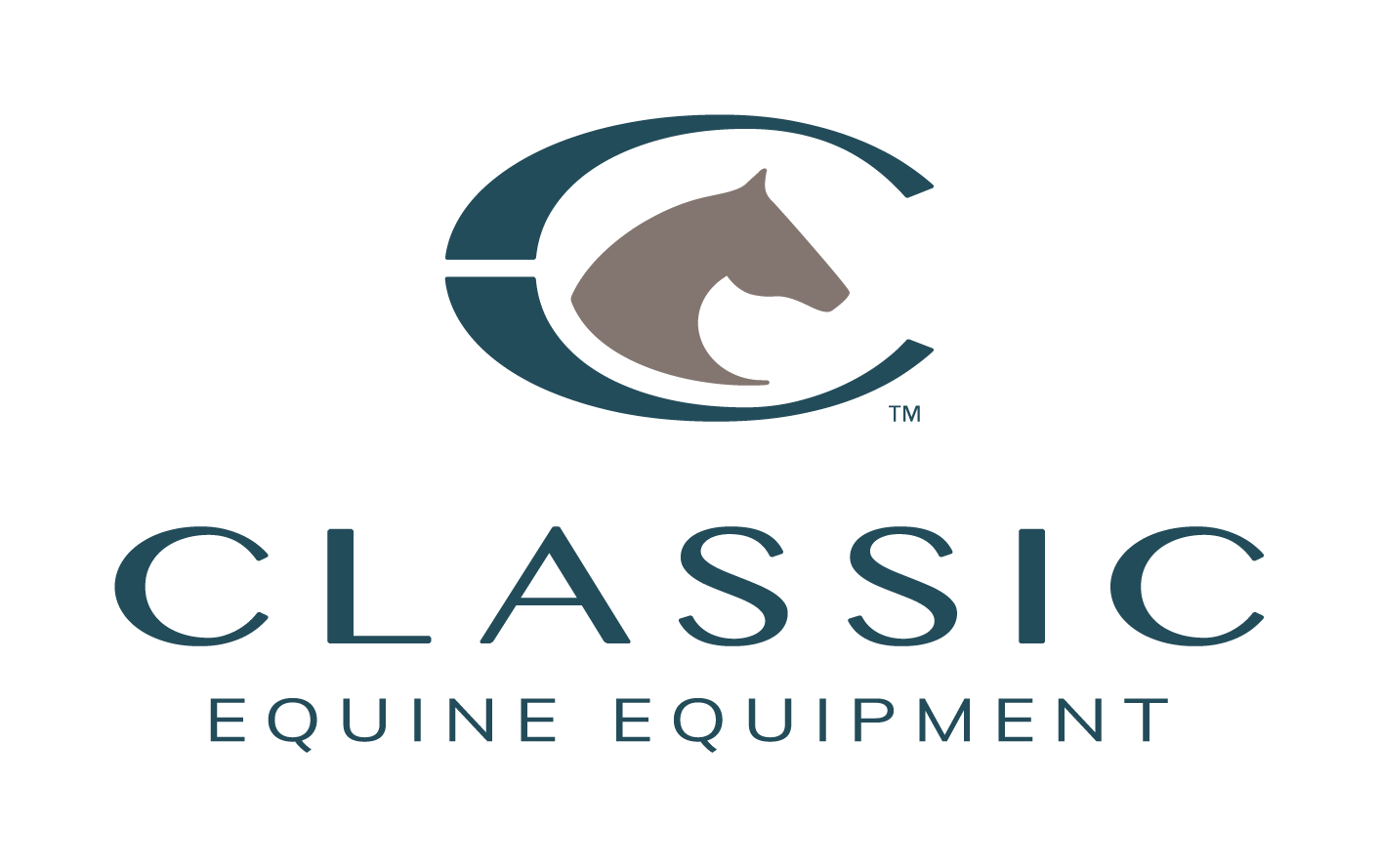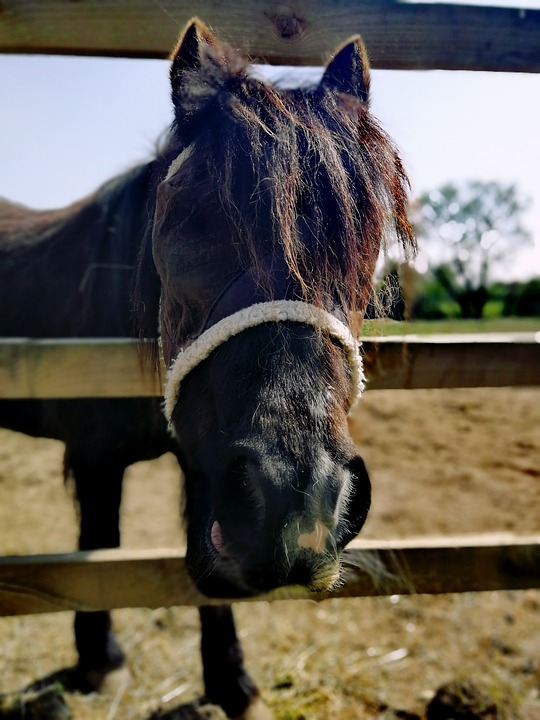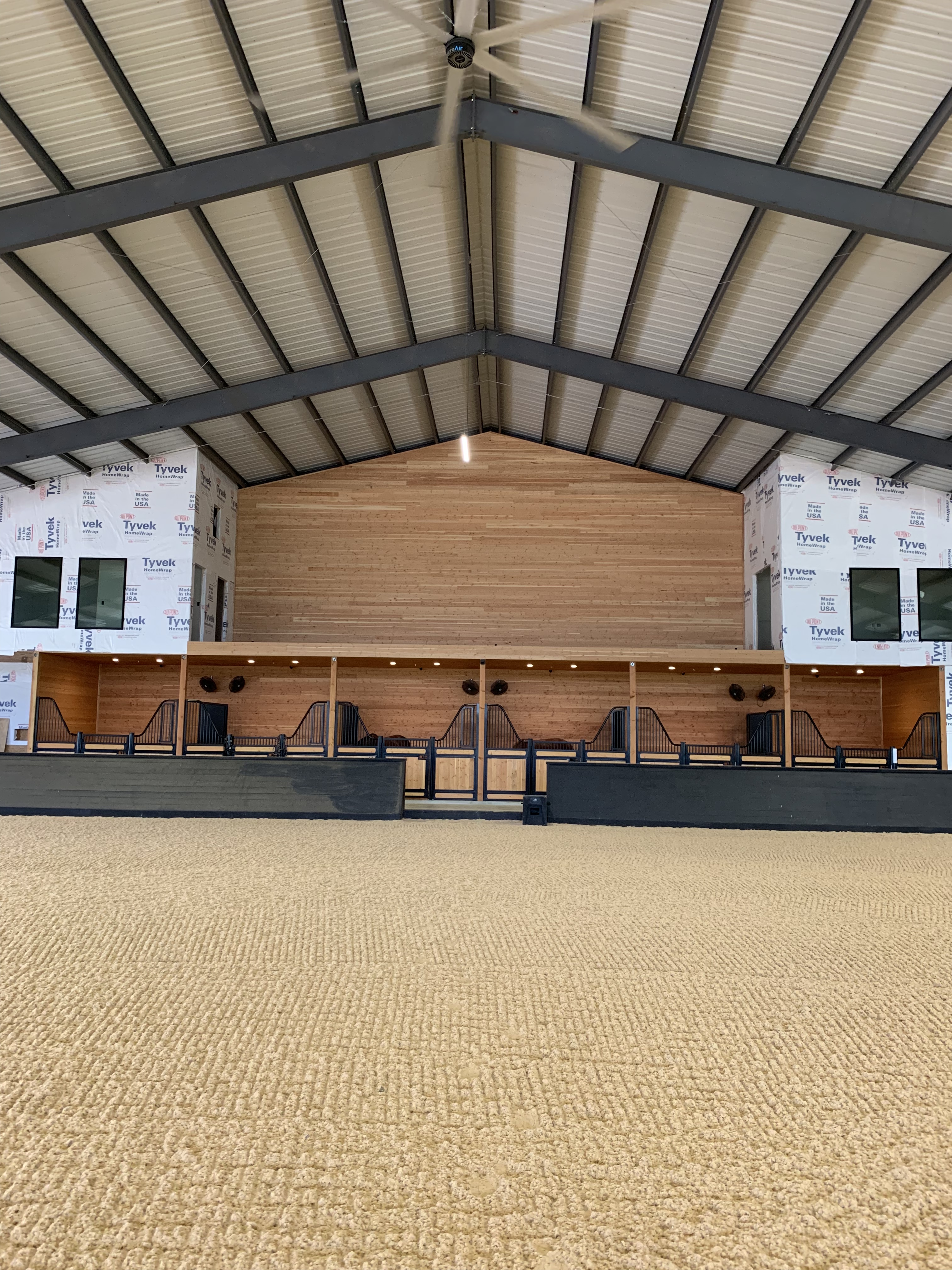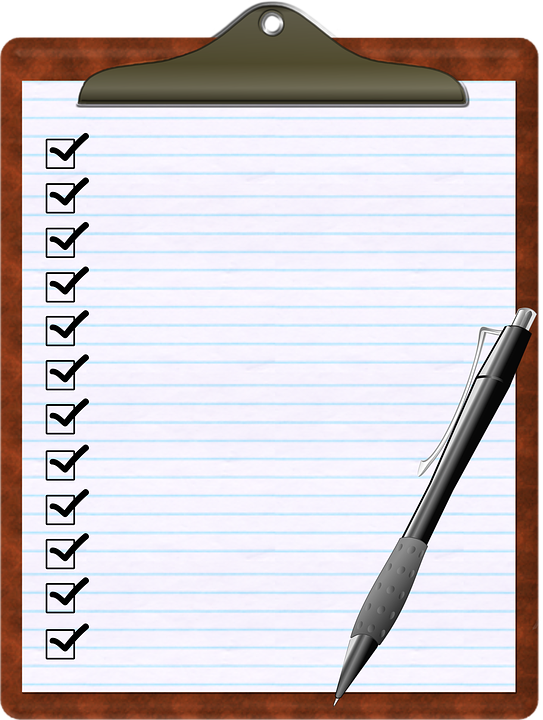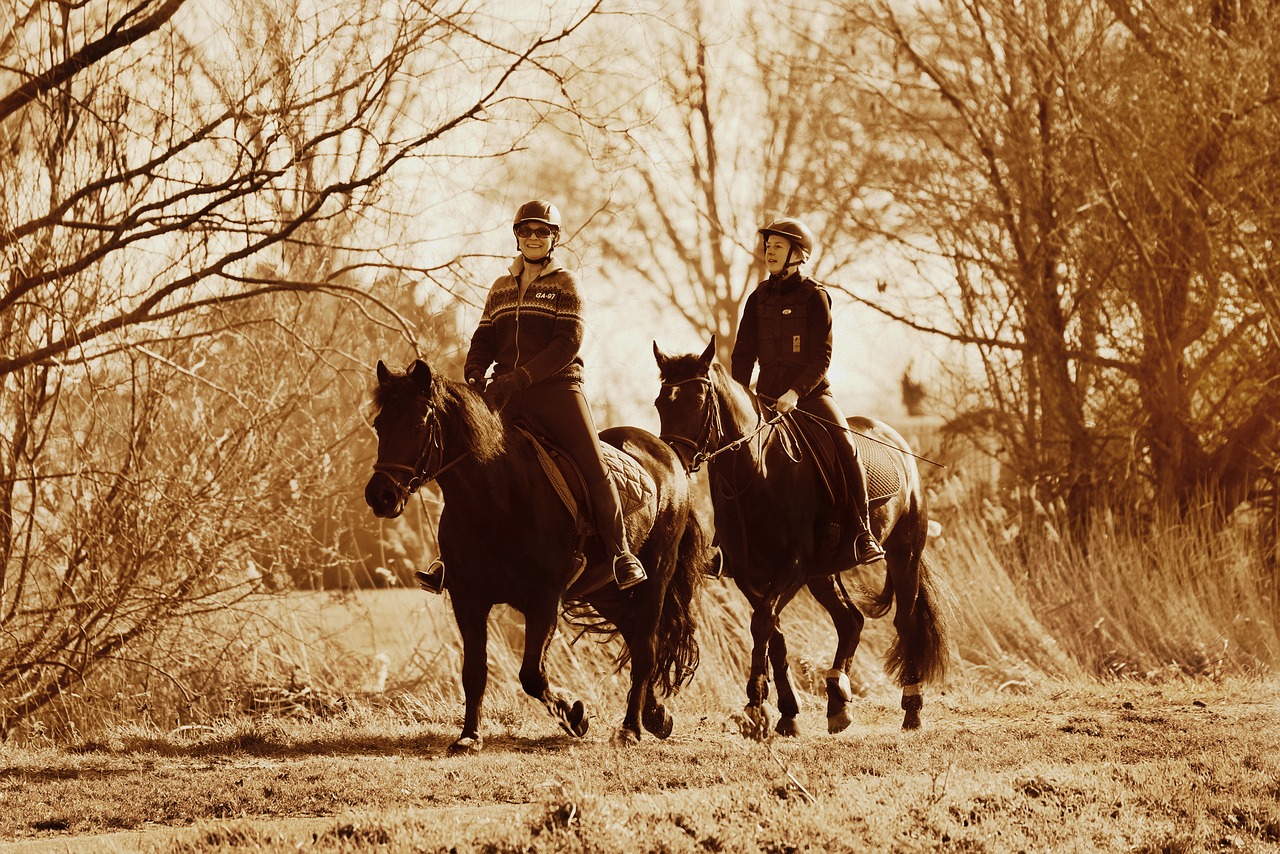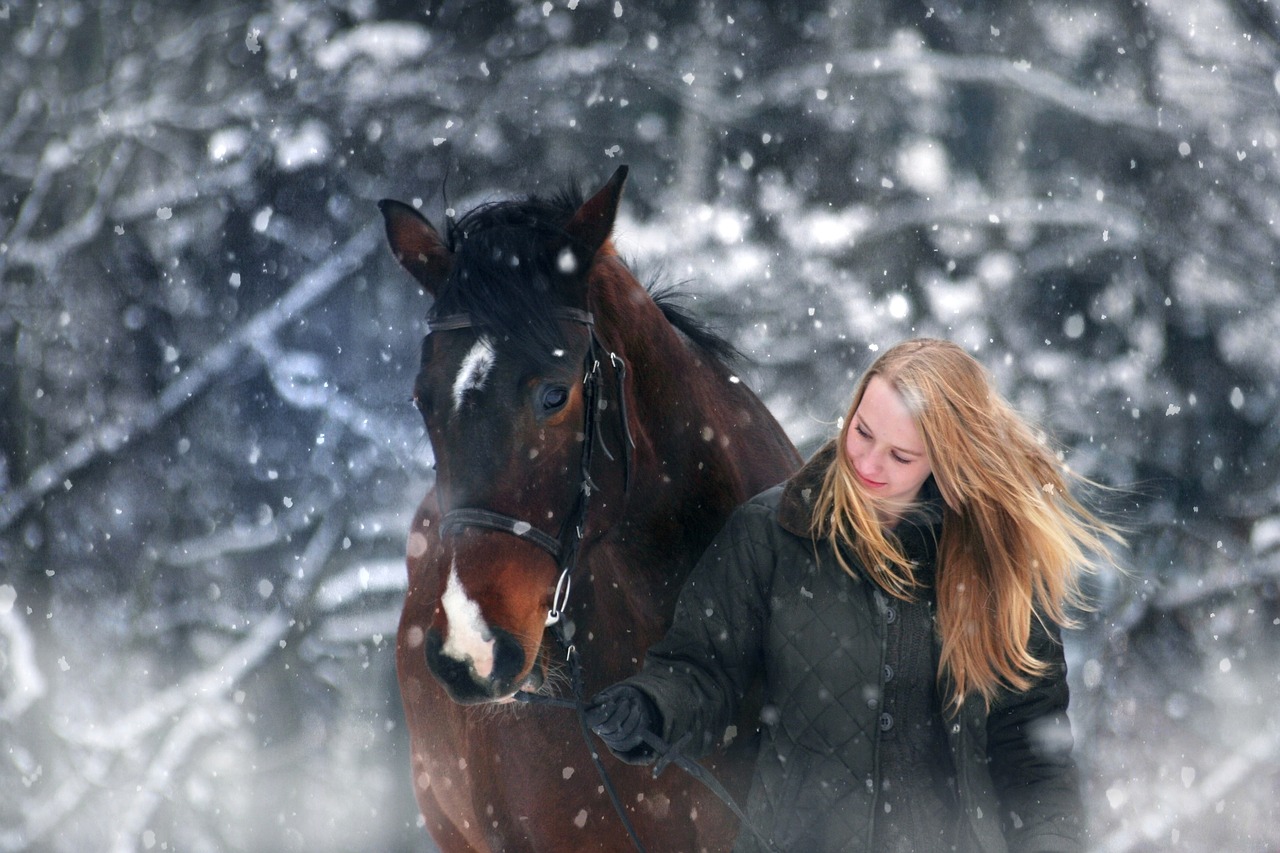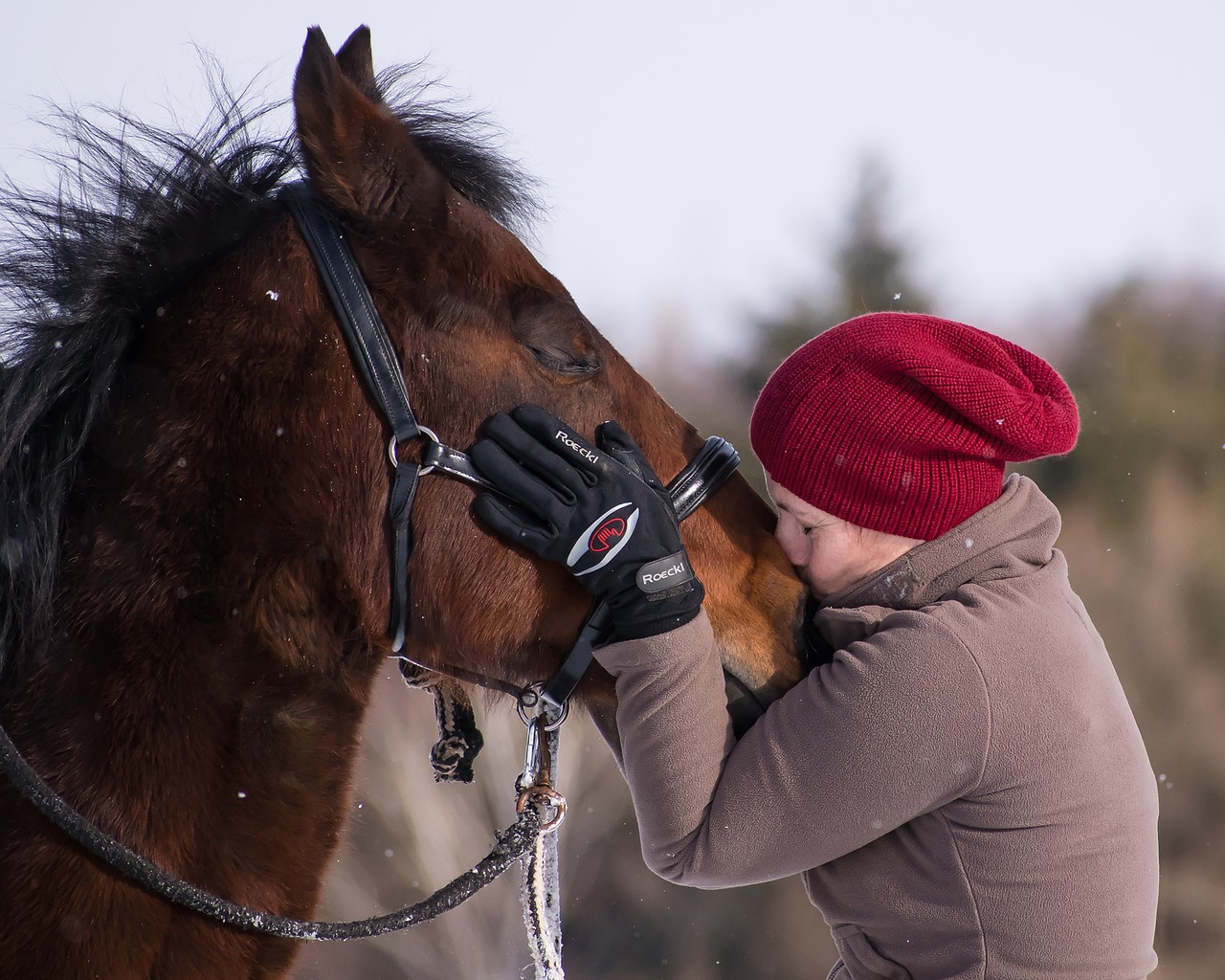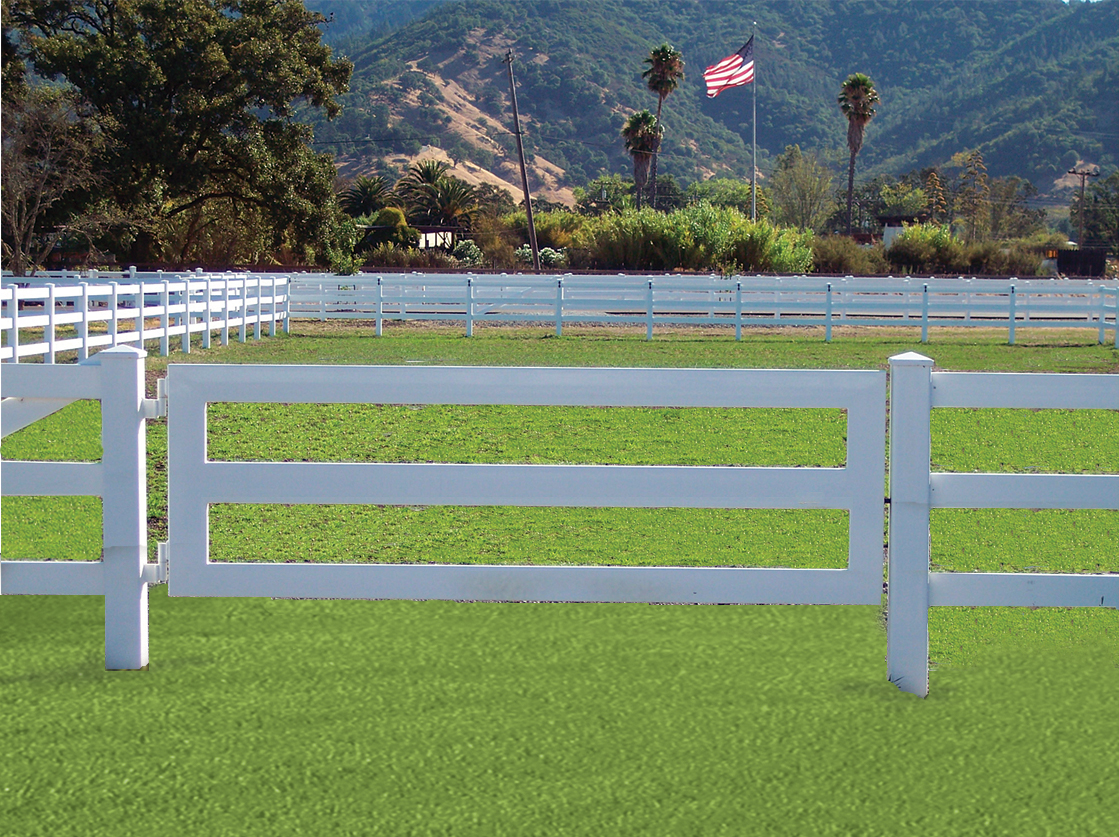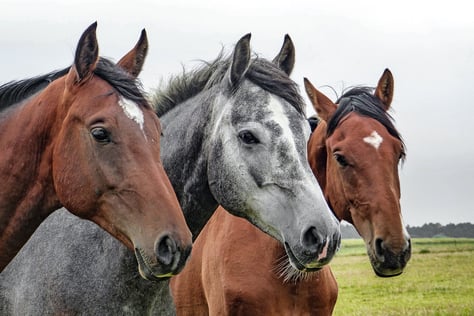When you sell a horse, you want him to go to the best home possible. But once you sell your horse, you lose control over how he’s treated and cared for. Here are some tips to check ahead of the final sale.
5 Things To Check When You Sell Your Horse
Should You Add A Viewing Room In Your Barn?
A viewing room often acts as the hub of a barn – it’s a place for riders and others to gather and relax while watching friends or family ride. Your viewing room may also double as a lounge or meeting place. Whatever its purpose, these tips for creating an ideal viewing room can ensure that the room is welcoming and functional.
Are You Prepared To Evacuate Your Horse?
Fires, hurricanes, flooding, tornadoes or volcanic eruptions can occur without warning. Have you ever thought about what you would do if you had to evacuate your horse in an emergency? We hope that you never have to face an evacuation, but good planning is the key to quickly and safely evacuating your horse. Here are some suggestions to help prepare.
5 Time Management Tips To Get More Done
Getting organized is usually one of the top New Year's resolutions. One of the hardest things to organize is your time. After reviewing several articles from time management companies, here are some helpful tips for any lifestyle.
Five ways to achieve your riding goals this winter!
Finding that initial motivation to go ride can be a real challenge, especially in the winter. Here are some ideas to get yourself out to the barn and riding...
Riding in the snow is one of winter’s joys and is a nice change of environment for your horse. But if this is his first experience with snow, how will he react? It’s a different surface for him. It looks different and it feels different – this can be spooky for some horses. If it’s merely a dusting of snow, this might not be an issue. But once snow reaches his knees, it becomes a whole new experience.
Getting Your Horse Ready For A Cold Weather Ride
Horses are pretty resistant to the cold, but if he wears a blanket in his stall and then suddenly finds himself “naked” as you begin to tack up, it can be a bit of a shock to his system. - Don't make him feel Naked and alone!
Before Santa Claus, traditional holiday gift givers used horses, not reindeer. Prior to Christianity, people celebrated a midwinter event called Yule (the Winter Solstice). During this period, supernatural and ghostly occurrences were increased, such the Wild Hunt, a ghostly procession through the sky. The leader of the wild hunt is usually the god Odin, usually seen with a long white beard. He is also known by the Old Norse names Jólnir, meaning “yule figure” and the name Langbarðr, meaning “long-beard.” Odin rode his gray “horse” (the eight-footed steed called Sleipnir) on nightly rides and visiting people with gifts. Years later, Odin’s white beard became part of the new Santa Claus, his blue robe was changed to red, and his eight-footed grey horse became eight reindeer!
Riding in the cold is a challenge. You’re freezing as you begin riding, then overheated as you start your exercises, then cold again as you untack your horse. How to dress for these fluctuating temperatures? Wear layers that you can add and remove as needed. But make sure they are the right type of layers.
Give Your Horse The Gift Of A Healthy Pasture Next Spring - Create A Sacrifice Area This Weekend
Instead of giving your horse access to the entire pasture during the winter, create a sacrifice area. A sacrifice area is a small enclosure such as a paddock, corral or pen that gives your horse a chance to get outside during the winter without damaging your pastures. It is called a sacrifice area because you are giving up the use of that small portion of land as a grassy area to save the rest of your pastures.
